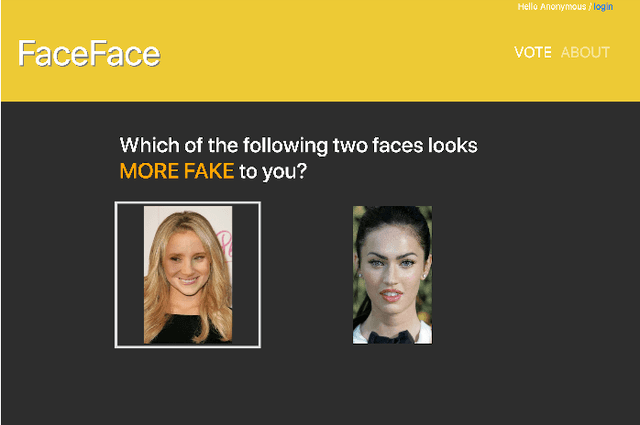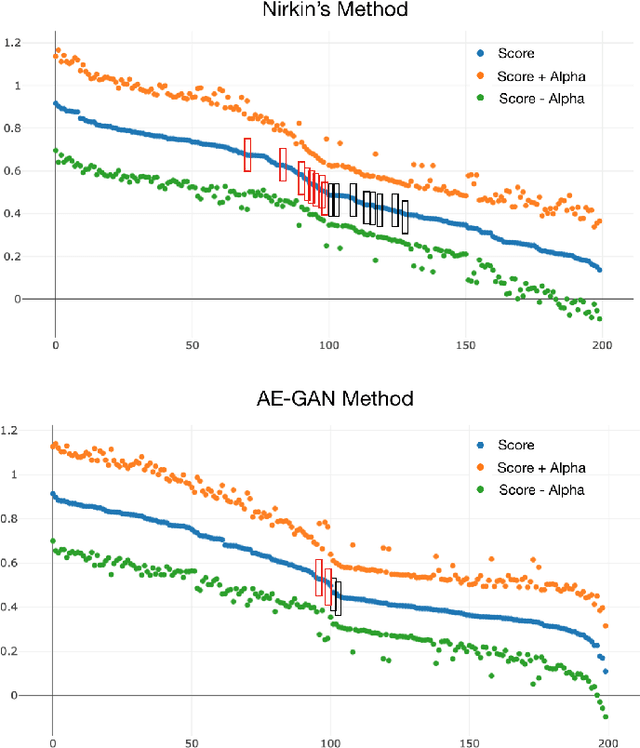Eli V. Olinick
Swapped Face Detection using Deep Learning and Subjective Assessment
Sep 10, 2019



Abstract:The tremendous success of deep learning for imaging applications has resulted in numerous beneficial advances. Unfortunately, this success has also been a catalyst for malicious uses such as photo-realistic face swapping of parties without consent. Transferring one person's face from a source image to a target image of another person, while keeping the image photo-realistic overall has become increasingly easy and automatic, even for individuals without much knowledge of image processing. In this study, we use deep transfer learning for face swapping detection, showing true positive rates >96% with very few false alarms. Distinguished from existing methods that only provide detection accuracy, we also provide uncertainty for each prediction, which is critical for trust in the deployment of such detection systems. Moreover, we provide a comparison to human subjects. To capture human recognition performance, we build a website to collect pairwise comparisons of images from human subjects. Based on these comparisons, images are ranked from most real to most fake. We compare this ranking to the outputs from our automatic model, showing good, but imperfect, correspondence with linear correlations >0.75. Overall, the results show the effectiveness of our method. As part of this study, we create a novel, publicly available dataset that is, to the best of our knowledge, the largest public swapped face dataset created using still images. Our goal of this study is to inspire more research in the field of image forensics through the creation of a public dataset and initial analysis.
 Add to Chrome
Add to Chrome Add to Firefox
Add to Firefox Add to Edge
Add to Edge